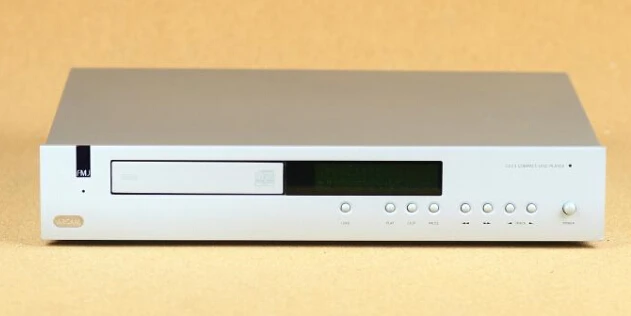Prices began to drop within a few years after the first SACD players arrived. You didn’t have to spend £5,000 on Marantz’s groundbreaking SA-1 any longer. Suddenly, DVD players with SACD compatibility became available for a tenth of the price, and the Philips DVD 763SA was the cheapest serious Super Audio Compact Disc spinner by 2002. It competed with Sony’s £600 SCD-940QS and added full DVD video functionality.
Compact Disc (CD-R and CD-RW), MP3-CD (at 96, 112, 128, 256kbps and VBR), and VCD are all options. In short, it could play almost any digital disc available at the time, with the exception of DVD-Audio. It also has Dolby Digital/AC3, DTS, MPEG, and 24/96 PCM decoding, making it near cutting-edge at the time. An audio and video bitrate indication, as well as full SACD bass management, were all provided. At this pricing point, it doesn’t get much more feature-packed than this. It may not seem like a huge thing now, but it was a major deal back then.
Furthermore, by the standards of anything coming from the Philips stable, it was an astonishingly attractive machine. It was admittedly a little plasticky, but looked quite modern all the same, at 435 77.5 303.5mm and 3.3kg. The fascia was a model of early twenty-first century design, with the conventional transport controls plus a Sound button that chooses the required mode – CD, SACD stereo, or SACD multichannel; the Philips downmixed multichannel discs to stereo if you so desired.
Six phono sockets constitute the multichannel audio output, a pair of RCA phonos for stereo audio out, one optical and one coaxial digital output, as well as video outputs, are located around the back (CBVS, component, S-Video and two SCARTs). You can ignore HDMI; it was still a half-decade too early for the connector we all use today. A passable illuminated remote is included, with three brightness settings to choose from. The player, remote, batteries, user manual, SCART cable, video cable, and a pair of inexpensive phono audio leads were all included in the original packaging.
Along with its impressive feature list, SACD playback, and sharp appearance, the sound of this machine is what really stands out, especially in SACD mode. Things are smooth and pleasant with a lot of detail and an apparently crystal-clear midband with this selection. When playing hi-res discs, there’s none of the harshness that some CD players from this era have, and you’ll appreciate the pleasantly broad and three-dimensional soundscape that gives more costly Sony SACD machines a run for their money. Treble isn’t particularly sweet, but it’s refreshingly free of roughness. Overall, it’s a tuneful and engaging performer, albeit not quite up to the standards of more expensive SACD spinners.
Secondhand, the Philips DVD 763SA costs pennies, and there are a surprising number of them still on the market. If you’re interested in trying out SACDs, this opens the door for around £20 – in fact, most of the secondhand discs now cost more. It’s also a decent DVD player, with SCART inputs, so it’s suitable for bedroom or home office systems. In the grand scheme of things, this machine is unremarkable, yet it is just as good at providing inexpensive access to SACD now as it was back then.







